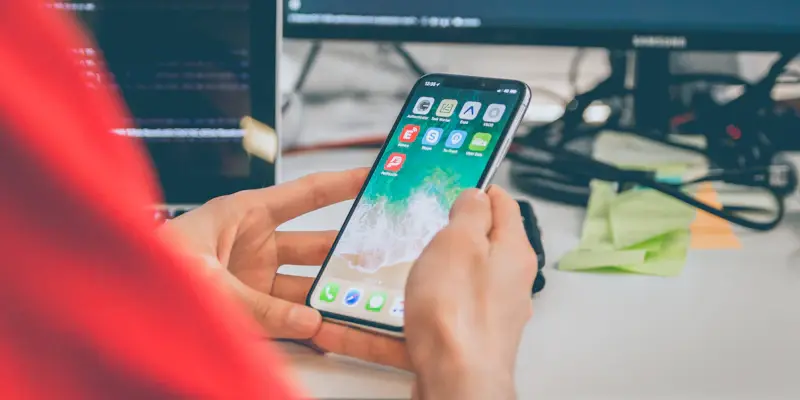The buzz surrounding Apple’s upcoming iOS 19 operating system has generated excitement among iPhone users, with the software slated for a late 2025 release. The anticipation stems not only from the features it promises but also from its extensive compatibility across numerous iPhone models. As users prepare for this update, understanding which devices will support iOS 19 becomes essential. Meanwhile, the compatibility of iPadOS 19 remains a topic of curiosity due to expected limitations for older devices.
iOS 19 Compatibility Across iPhone Models
Which iPhone Models Will Support iOS 19?
Apple’s dedication to supporting a broad spectrum of devices with iOS 19 reassures users that their investment in older models is still valuable. The new operating system will be compatible with all current models running iOS 18, including the latest iPhone 16 series and models as old as the iPhone SE (2020). This wide-ranging compatibility ensures that users from the iPhone 11 series onward will receive the update, highlighting Apple’s focus on inclusivity.
By including older models in the iOS 19 update, Apple aims to provide a cohesive user experience across multiple iPhone generations. This approach benefits users who may not be in a position to upgrade their phones frequently, ensuring they still receive the latest software advancements. The compatibility list for iOS 19 comprises the iPhone 16 series, iPhone 15 series, iPhone 14 series, iPhone 13 series, iPhone 12 series, iPhone 11 series, iPhone XS and XS Max, iPhone XR, and the iPhone SE (2020 and 2022). This extensive list underscores the company’s commitment to device longevity and user satisfaction.
The Implications of Wide Compatibility
The decision to maintain support for older iPhone models through iOS 19 has several implications. For one, it displays Apple’s intent to enhance the overall user experience by extending the lifespan of older devices. Users with iPhones dating back to the iPhone 11 series can enjoy the latest features and security updates without necessitating a new purchase. This strategy fosters a sense of value and trust among Apple’s customer base, reinforcing the idea that their devices remain relevant and functional over time.
Moreover, this approach can potentially reduce electronic waste, as users are less likely to discard their older iPhones if they continue receiving software updates. By supporting a broad range of devices, Apple exhibits a forward-thinking approach that aligns with sustainability goals. The wide compatibility also benefits app developers, who can target a larger audience with their software, knowing that their applications will run smoothly on a variety of iPhone models. In this way, Apple’s extensive support for iOS 19 not only enhances user experience but also contributes to environmental and industry-wide progress.
iPadOS 19 and the Shift in Compatibility
A Focus on Newer Hardware Capabilities
While iOS 19 showcases Apple’s commitment to supporting a wide array of iPhone models, the story differs slightly when it comes to iPadOS 19. The new iPadOS update might drop support for older iPad models, such as the iPad (7th generation), due to hardware limitations. To run the new firmware, devices will likely need at least an A12 SoC, indicating that Apple is focusing on newer hardware capabilities for its tablets.
The compatibility list for iPadOS 19 includes the iPad Pro (M4), iPad Pro 12.9-inch (3rd generation and later), iPad Pro 11-inch (1st generation and later), iPad Air (M2 and 3rd generation and later), iPad (8th generation and later), and iPad mini (5th generation and later). By establishing these requirements, Apple aims to optimize the performance and capabilities of its newer iPads, ensuring a seamless and powerful user experience. This shift in focus demonstrates Apple’s strategy to leverage the advanced hardware of recent models, potentially introducing features that older devices cannot support.
Balancing Innovation and User Expectations
Balancing innovation and user expectations is crucial as Apple navigates the complex terrain of hardware and software updates. While iOS 19 showcases wide-ranging compatibility, ensuring a uniform user experience across various iPhone models, iPadOS 19’s focus on newer hardware sets a different tone. Although older iPad models might not benefit from the latest update, this strategy allows Apple to maximize the capabilities of its newer devices, delivering a cutting-edge user experience. As users anticipate iOS 19 and iPadOS 19, Apple’s approach emphasizes a blend of inclusivity for iPhone users and advanced functionalities for newer iPads, striking a balance between continuity and innovation.

